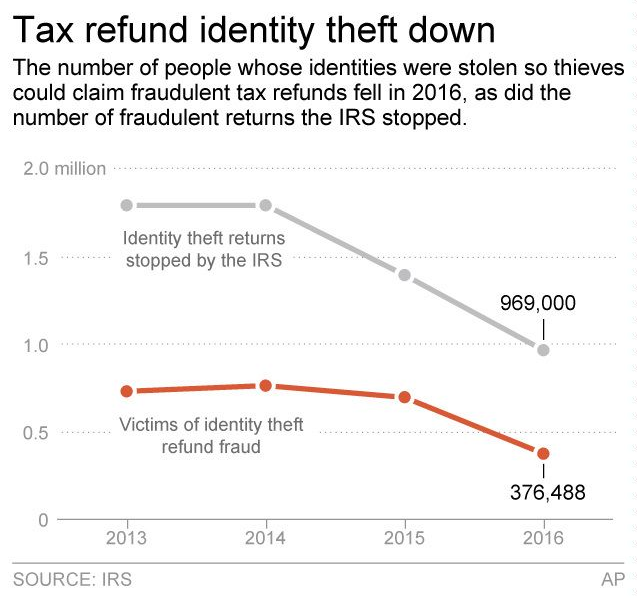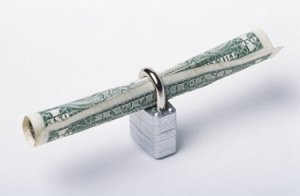IRS and Tax Software Take a Bite out of Tax ID Fraud

Good news from the IRS. The number of Tax ID fraud victims dropped by 46% to 376k in 2016, down from 776k victims in 2014. The big shift is due to cooperation and partnership with the major online tax filing software companies. It is a great example of public/private partnership to combat cyber fraud.
Cyber thieves have been taking advantage of digital online filings by acquiring U.S. citizen information and then filing completely fictitious end-of-year tax forms. Fraudsters use the person’s name and Social Security number but input fabricated figures for income, withholdings, and deductions. As you can imagine, with the fraudsters math, they get a refund!
For years, they have been using commercial tax software programs, favoring those which are used by consumers and can give pre-refunds in debit or gift cards. This gives them largely untraceable assets to use, sell, or trade.
The key has been to file the tax forms before the real person does. The IRS, by law, must issue refunds quickly and that does not give them much time to scrutinize returns. So it has become a game where timing counts and appearing like a legitimate return is golden.
Online criminals have been trying different methods, refund amounts, and software settings to optimize their fake returns. Ask for too much and the IRS would flag the return. Too little, and the thief would need to file many more fake returns and find new ways to collect funds. There were and still are underground message boards where veterans would share their methods and new fraudsters could ask questions. The community was working together, to the detriment of taxpayers. Massive successes drew more people in, hoping to make a quick buck.
Years ago, the IRS was simply not organized to handle the flood and would only catch a few during the furiously busy tax season. This meant a large amount of taxpayer money was being sent to criminals. To make matters worse, when the actual citizen sent in their legitimate returns, they were informed their forms were already accepted. This caused panic with incorrect data on file and further delays for proper refunds.

Times have changed. The IRS has aggressively maneuvered to address the issue. The biggest step forward was working with the big tax software firms to include checks and validations at the point when the digital forms are being created. Among other practices, the software checks to see how long it took to fill out the form. Fraudsters use automated scripts to submit many fake returns as fast as possible. If a threshold was reached or some other trigger tripped, the software sends a warning to the IRS when the forms are submitted. Those are flagged and the filtering process begins in favor of the IRS.
Such partnership between public and private entities has slashed the number of fake returns and made it more difficult for fraudsters to succeed. This has had a demotivating effect and many of the thieves have moved on. The result, is fewer bad returns and less money lost.
Image Credit: IRS
Read more: IRS strikes back as agents make big dent in identity theft
Interested in more? Follow me on Steemit, Twitter (@Matt_Rosenquist), and LinkedIn to hear insights and what is going on in cybersecurity.
taxation = theft